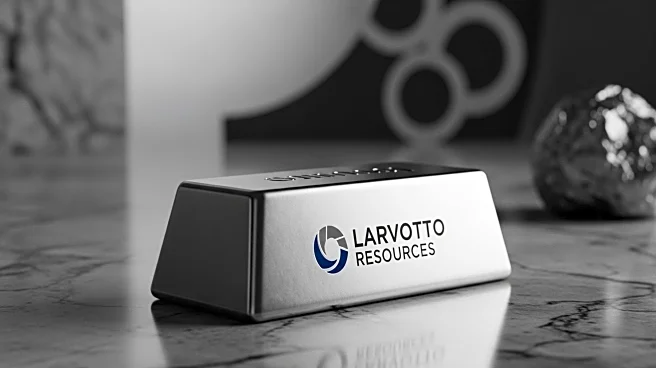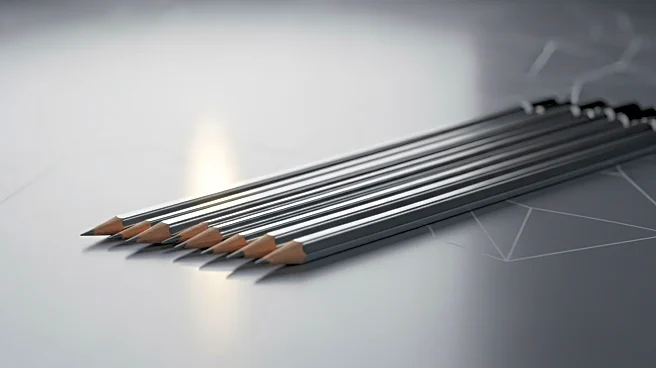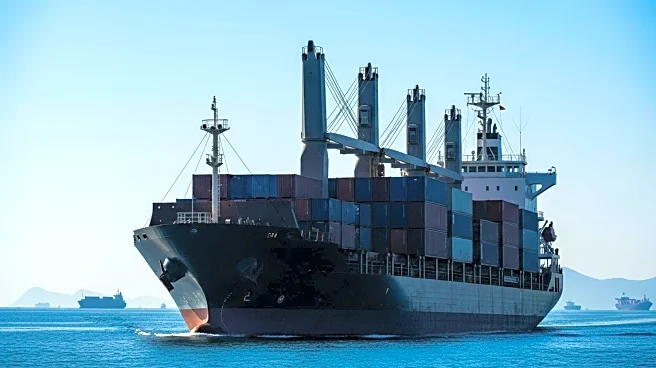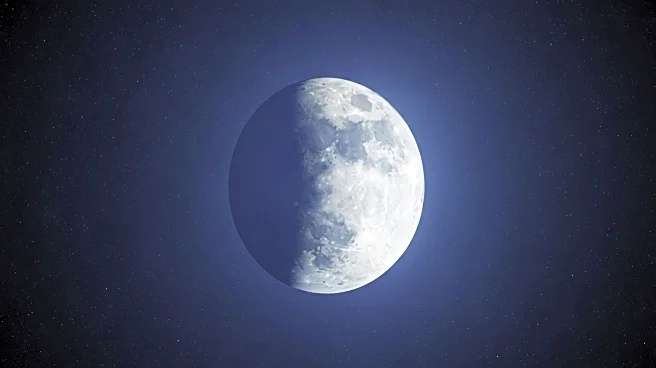What's Happening?
Australia's iron ore exports have remained resilient, with sales totaling $116.4 billion for the financial year ending June and $10.6 billion in July. Despite volatile prices, iron ore has seen a recent price increase to over $105 per tonne, marking a 10% appreciation in the benchmark Iron ore fines 62% Fe CFR Futures price. This stability in export values comes amid fluctuating prices, which fell from $138.85 per tonne in January 2024 to a low of $93 in July 2025.
Why It's Important?
Iron ore is a crucial component of Australia's export economy, contributing significantly to national revenue. The ability to maintain strong export values despite price volatility underscores the sector's resilience and importance to the global steel industry. The recent price increase may signal a recovery in demand, potentially benefiting Australian miners and the broader economy. This stability is vital for stakeholders, including mining companies, investors, and policymakers, as it impacts economic forecasts and trade balances.
What's Next?
The iron ore market may continue to experience price fluctuations, influenced by global demand and supply dynamics. Australian exporters are likely to focus on maintaining competitive pricing and securing long-term contracts to ensure continued revenue stability. Monitoring market trends and adapting to changes will be crucial for sustaining export performance. Stakeholders may also explore diversification strategies to mitigate risks associated with price volatility.
Beyond the Headlines
The iron ore sector's resilience highlights the importance of strategic resource management and the role of Australia as a key player in the global mining industry. The ability to navigate price fluctuations and maintain export values reflects the sector's adaptability and the significance of iron ore in international trade. This situation may prompt discussions on sustainable mining practices and the long-term impact of resource extraction on the environment.












